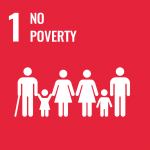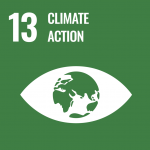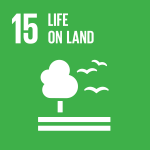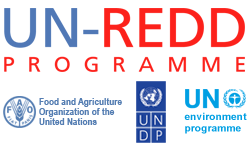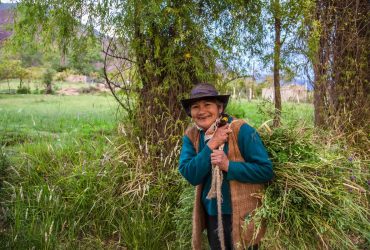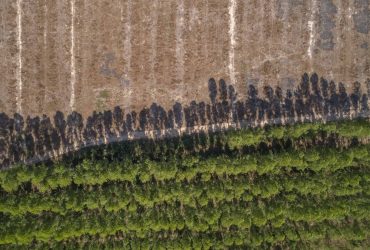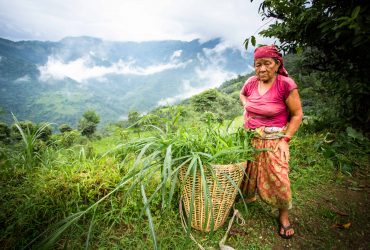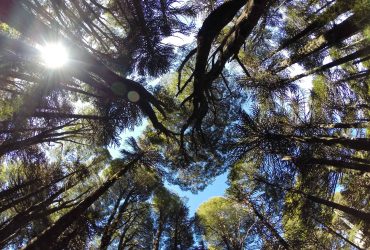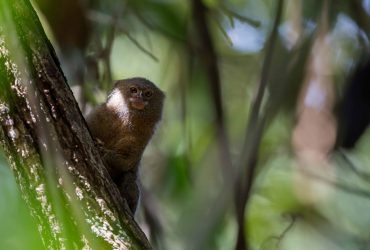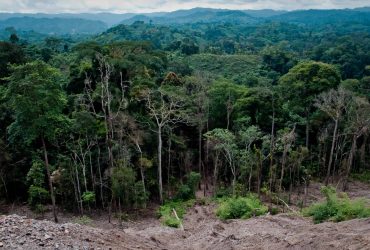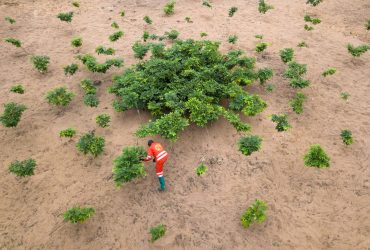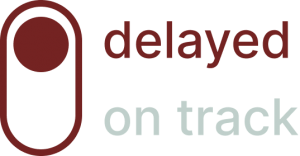


Forest Solutions Realized: During 2022, technical support was provided to the Forestry Department for the operationalization of a technical approach for district-level forest change monitoring. Such an approach has many applications. Notably, there was interest from the Forestry Department in an approach that could enable tracking progress of a potential reduction in charcoal production. For a district scale, the technical approach to forest change monitoring needs to be specifically tailored, using high-density time series algorithms in the Sepal platform. This work built on a first set of online trainings conducted in 2021, including through further online learning and through a dedicated in-person workshop that could be conducted during a mission by remote sensing specialists to Lusaka.
Forest Solutions Rewarded: In early 2022, the UN-REDD carbon finance scoping for Zambia was concluded. In the second half of 2021, updated activity data was collected for the years 2019-2020, and during early 2022, the data was analysed to enable an assessment of Zambia’s emissions trends during 2019-2020.
The comparison against Zambia’s current FREL (historical period 2009-2018) delivered information on emissions reductions. Rather than any emissions reductions, the emissions trend in 2019 continued at the same level as observed during the reference period.
Results were presented to the Forestry Department in a dedicated strategy session in April, 2022. It was concluded the absence of emissions reductions in Zambia at a national scale provides a difficult starting point for developing a national-scale programme and for attracting carbon finance. During the meeting, it was highlighted the national-scale results provide little information on sub-national trends and sub-national programmes, such as those in the Eastern Province or North-Western Province, might very well be feasible.
Forest Solutions Enhanced: In the framework of Zambia’s efforts to develop a jurisdictional REDD+ programme in the North-Western Province, the UN-REDD Technical Assistance initiated a detailed market and value chain assessment to identify entry points for sustainable value chain development and for uplifting alternative livelihoods for the local communities. The purpose is to uplift alternative livelihoods for the local communities, increasing the value of forests versus other land uses, contributing to resilient rural development in the province and boosting potential future emissions reductions.
In 2022, the UN-REDD TA initiated the development of the methodology for the value chain assessment and established a partnership with CIFOR for the mapping of non-wood forest products (NWFP) in the North-Western province.
The forest value chain assessment is in its initial stages. The following planned activities in 2023 will enable the completion of the assessment, facilitating the identification of entry points to strengthen value chains and enhance related rural livelihoods:
A rural finance assessment of existing and financial services targeted to rural communities in Zambia was undertaken in 2022. The assessment was undertaken to facilitate the identification of specific actions to enhance access to finance in rural areas in support of investments in forest positive activities. An easier and more inclusive access to financial products and services will be an engine for climate mitigation and sustainable development.
During the field mission in November and December, 2022, meetings were organized with more than 50 institutions, including government institutions, development partners, banks, microfinance institutions, saving groups, producers associations and cooperatives, community forestry management groups and private companies.
The findings of the assessment were shared during two workshops with relevant stakeholders in Solwezi and Lusaka. Some general recommendations were discussed and validated as possible future actions: i) building on best practices of financial inclusion, ii) designing specific financial products for Non-Wood Forest Product (NWFP) value chains, iii) enhancing the Constituency Development Fund (CDF), iv) facilitating the use of guarantee schemes and the collateral registry; v) experimenting with blended finance mechanisms; and vi) developing carbon credit mechanisms.
The results of the carbon finance scoping review drew attention to shortcomings of the development of Zambia’s REDD+ programme, including that it has not yet delivered significant emissions reductions. It will be challenging to work towards accessing carbon finance for Zambia’s forest and land use sector. The country is reacting to this challenge by focusing much of its efforts on sub-national programmes, with the expectation that emissions reductions will be easier to achieve than on a national scale. In addition to the Zambia Integrated Forest Landscape Project (ZIFL-P) in Eastern Province, Zambia is investing effort into the development of a jurisdictional programme in North-Western Province.
The assessment of rural finance in the North-Western province considered women’s inclusion at the community level. It concluded women are under-represented in Community Forest Management Groups (CFMGs) and over-represented in saving groups; attention must be paid to gender equity when planning rural finance activities. The assessment report, that will be finalized in 2023, will include related recommendations on contributing to women’s empowerment and gender equity, which will inform future REDD+ jurisdictional programmes, as well as UN-REDD country support.
For the mapping of NWFP in the North-Western province, a partnership was established with CIFOR, building upon previous research on NWFP undertaken between FAO and CIFOR. UN-REDD TA is assessing active actors linked to forest value chain development, with the intent of establishing partnerships and synergies.
UN-REDD TA in Zambia is aligned to SDGs 1, 13 and 15.
